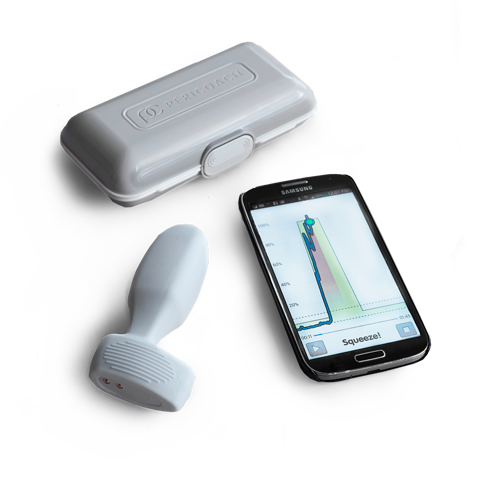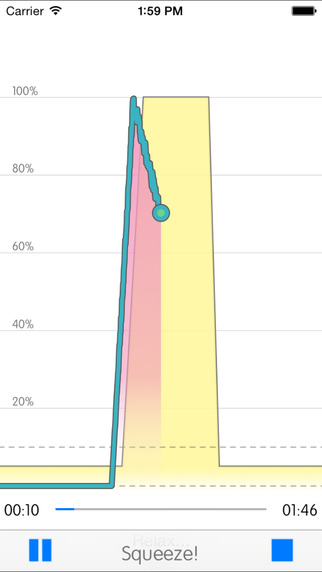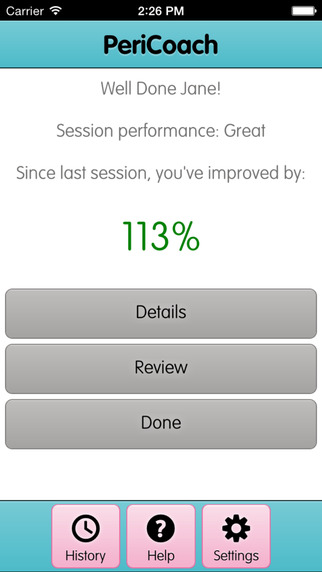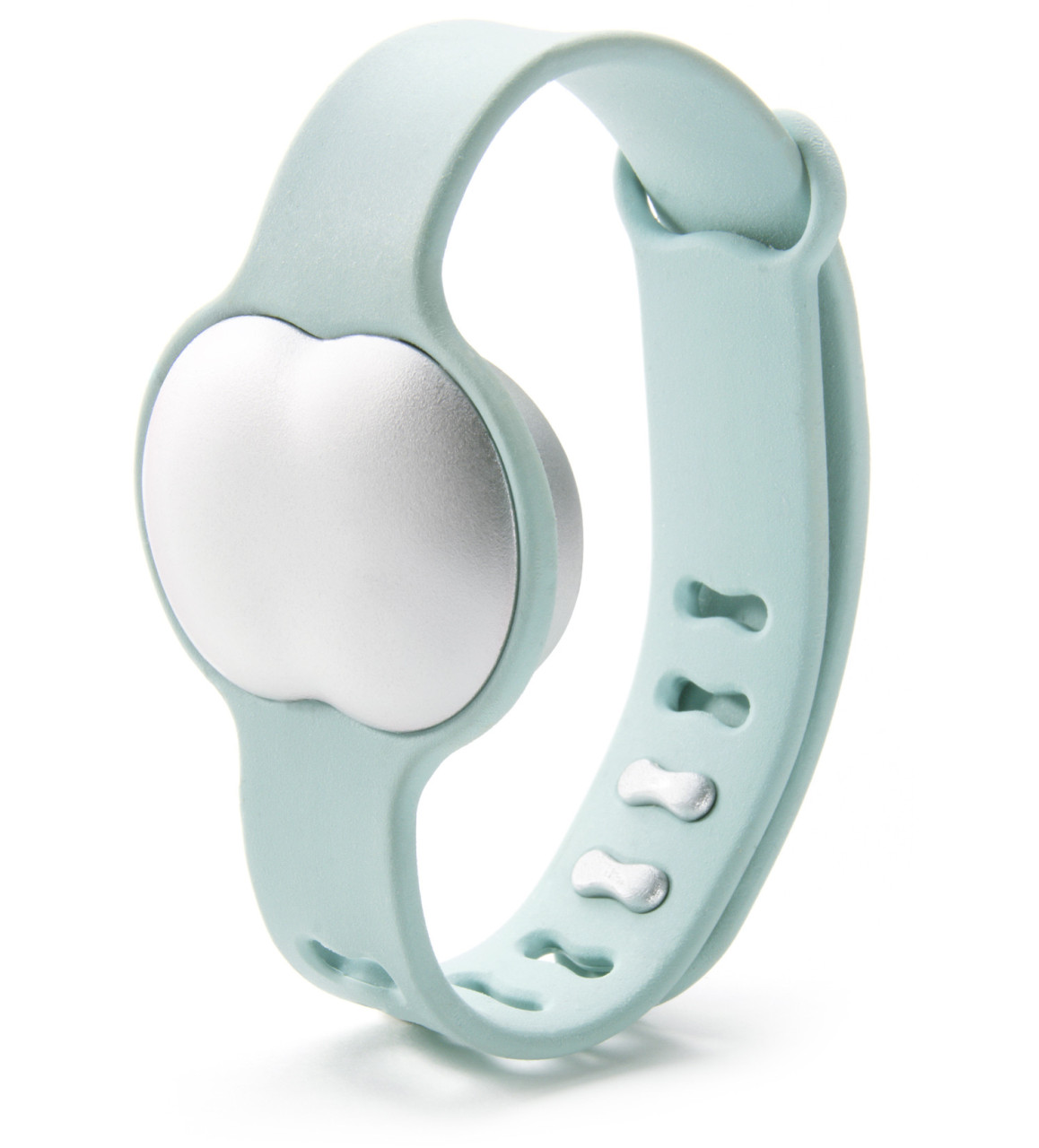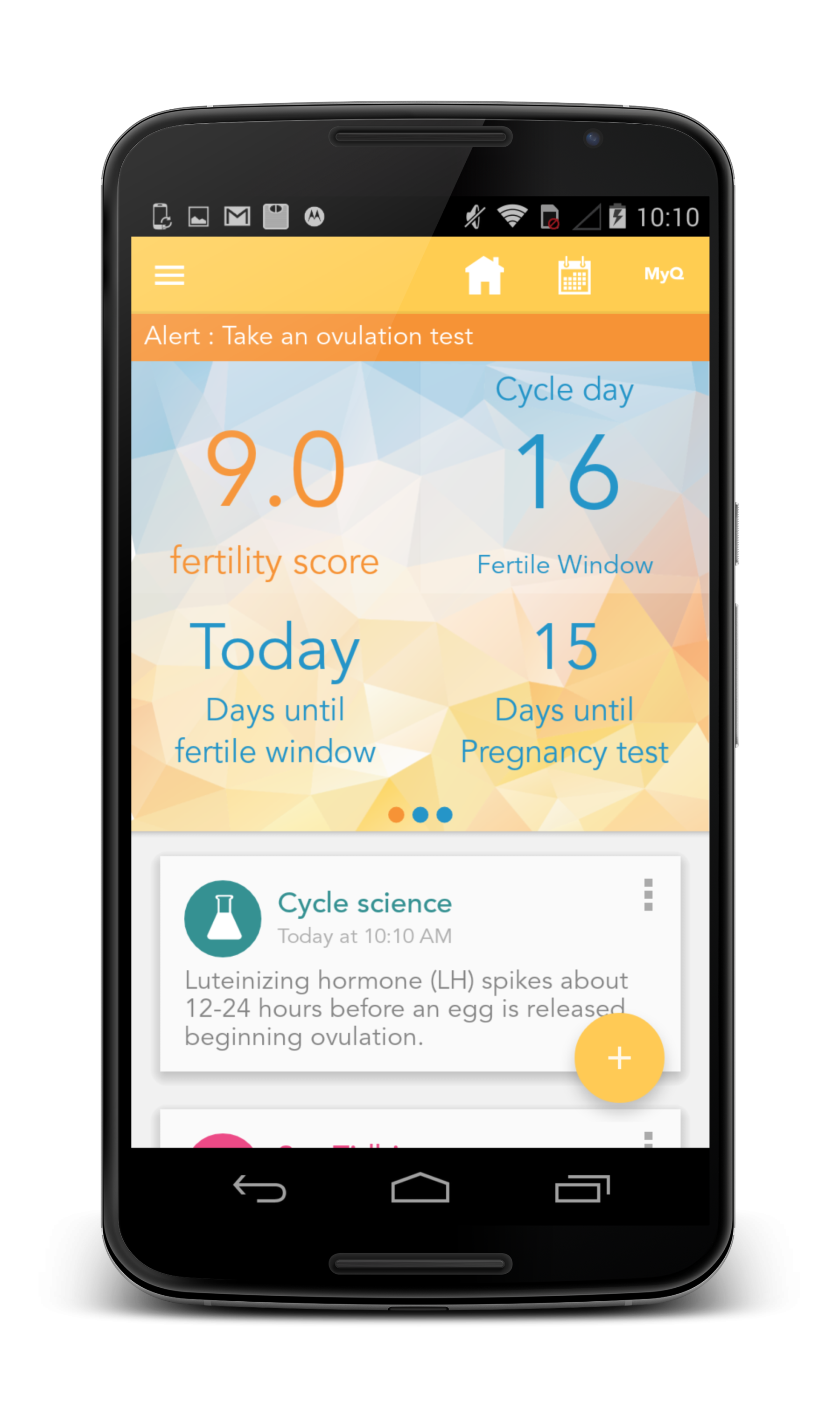Last year, PricewaterhouseCoopers predicted “Do it yourself” healthcare, including mobile apps and home-use medical devices would be the top healthcare trend. They were right. Today, new devices and smartphone apps offer patients, physicians, and consumers the ability to monitor vital signs, analyze blood and urine, track medication adherence, and even serve as “clinician-extenders” of sorts.
Several factors are responsible.
Accessibility is one. Millions of consumers own a smartphone, though women appear to be taking a slight lead with 56% owning a smartphone compared with men (51%).
Technological sophistication is another, with a 200% increase in the percentage of consumers with a minimum of one medical, health, or fitness app on their mobile devices in past two years.
Additionally, while harder to quantify, people seem to be less inhibited about information seeking on, or revealing to, their smartphones uncomfortable health subjects they find hard to broach in-person. Maybe it’s the anonymity of an app. Maybe it’s the relief of a confessional without having to make eye contact. Whatever the reason, honesty-via-app together with availability of new devices is changing the dynamic, particularly in women’s health where difficult or “taboo” topics are numerous.
“Women may absolutely benefit from the new apps and devices which often make it easier to manage certain health issues, especially under-treated conditions that can be hard to bring up during regular appointments,” says Leslie Rickey, MD, Associate Professor, Department of Urology and Obstetrics, Gynecology and Reproductive Sciences, Yale School of Medicine. “It is critical, however, that women put their trust in new technology that has been medically tested and FDA-reviewed and approved, especially with products that have an internal component.”
Examples of DIY Women’s Healthcare
Take urinary incontinence. One in three women will experience bladder leaking—or loss of urine—at some point in their lives, typically after vaginal childbirth and around menopause. Despite its prevalence, studies show that up to 70% of those with urinary incontinence do not seek professional help—most suffer in silence because they’re embarrassed.
While pelvic floor muscle exercises are recommended as the first-line treatment for UI, up to 50% of women do not correctly or regularly contract their pelvic floor muscles with verbal or written instructions alone.
“There is often frustration with home pelvic floor muscle exercises or ‘Kegels’ which may lead to apathy and acceptance,” continues Dr. Rickey. “This is unfortunate and entirely unnecessary, when for many women, it is possible to reduce and often eliminate leaking.”
PeriCoach
Enter PeriCoach (www.pericoach.com), a new FDA-cleared pelvic floor muscle trainer that combines a device with three biosensors and smartphone technology to take the guesswork out of these exercises. Currently available by prescription but anticipated to be over-the-counter in Q3 2016, PeriCoach sends reminders, tracks progress, and includes a clinician portal. Case Reports recently published in Urologic Nursing provide clinical evidence of successful treatment with PeriCoach.
Ava
Fertility is another sensitive topic especially for women who find it difficult to conceive. Numerous devices, apps, and even wearables are now available that track menstrual cycles and ovulation.
Swiss company, Ava (www.avawomen.com), recently introduced a bracelet plus companion app. Worn only at night, the bracelet is designed to measure physiological parameters associated with fertility including neurological, behavioral, social, thermal, dermatological, respiratory, and cardiovascular. Using this data, which is sent to a companion app, Ava says the combination, “makes the journey to conception easier and more magical,” by helping a woman predict her fertile window—the day before and the day of ovulation.
Ovuline
Boston-based Ovuline (www.ovuline.com), a women’s health app developer, offers the Ovia calculator and fertility tracker. The company recently partnered with the investment arm of Blue Cross and Blue Shield of Massachusetts to develop a new feature that pulls benefits information from health plans and offers Ovuline users access to their fertility and pregnancy health insurance information.
What Does the Rise in DIY Healthcare Devices Mean?
The ability to self-manage health issues such as bladder leakage, fertility, weight, or pregnancy not only helps avoid squirmy conversations, it is also empowering as long as the information is reliable.
The analysis of a published, systematic literature review revealed women look for apps that are easy to use, motivational, and, most importantly of all, trustworthy and evidence-based.
“Women take on a remarkable amount of responsibility for their families and their family’s health. Now, with the increasing availability and accessibility of at-home devices and apps, women can take control of their own health issues, like incontinence,” says Megan Henken, Vice President Marketing for Analytica, makers of PeriCoach.
The opportunity in devices and smartphone apps, or apps alone, for companies operating in the women’s healthcare space seems wide open and getting wider every year. But, as with all new, whizzbang-y things, consumers and patients should proceed with caution.
In a recent American Heart Association’s Epidemiology and Lifestyle meeting, researchers at Johns Hopkin’s School of Medicine reported on a study they conducted of the role for smartphone technology in healthcare. They concluded that while there is definitely an important and growing role for these kinds of solutions, there is also a need for scientific validation and regulation of these apps before they reach consumers.
The takeaway? DIY healthcare devices and apps can never replace the expertise of a clinician. And claims of accuracy or results for any device or app should be supported.
Sources:
HRI Consumer Survey, PWC 2016.
Derbyshire E, Dancey D, “Smartphone Medical Applications for Women’s Health: What is the Evidence-Base and Feedback?” International Journal of Telemedicine and Applications, Volume 2013 (2013), Article ID 782074, 10 pages, http://dx.doi.org/10.1155/2013/782074.
Oglivy Action, “Women Taking the Lead When It Comes to Mobile,” 2013, The Guardian, http://www.guardian.co.uk/media-network/media-network-blog/2012/aug/06/women-lead-mobile-technology-retail.
Qaseem, A, Dallas, P, Forciea M et. al, “Clinical Guidelines Committee of the American College of Physicians,” Ann Intern Med. 2014;161(6):429-440. doi:10.7326/M13-2410 http://annals.org/article.aspx?articleid=1905131.



